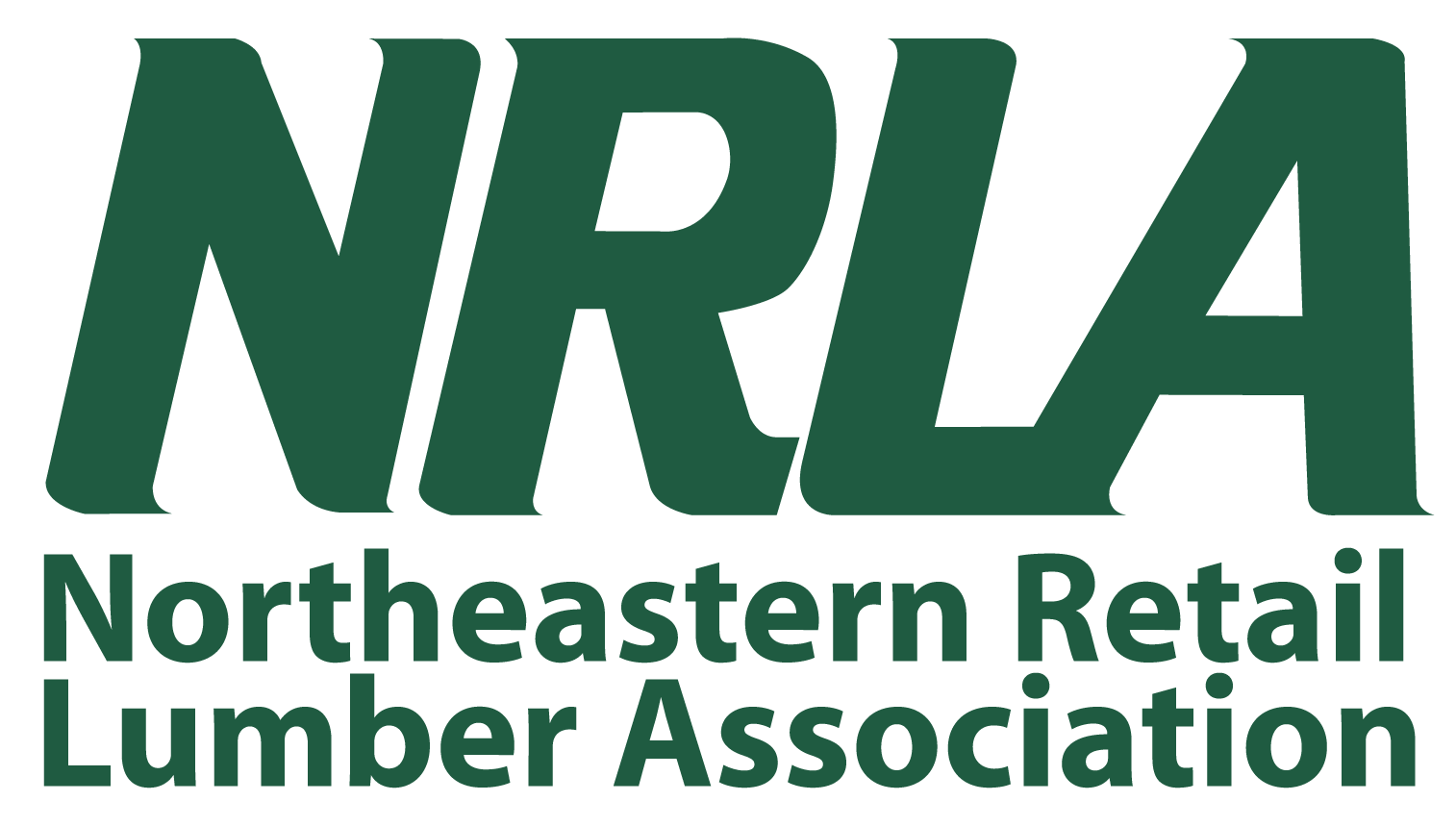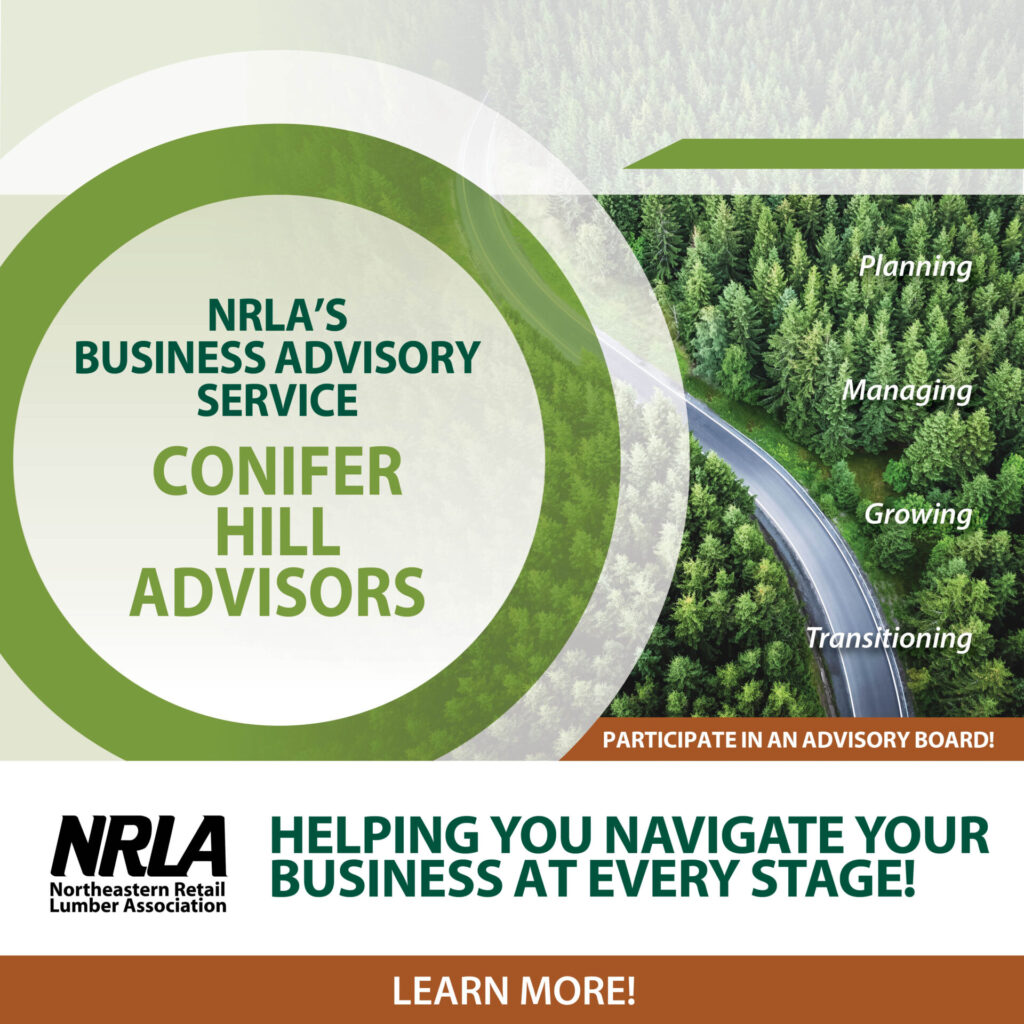Protecting wall and roof systems requires a delicate balance to control moisture and air. And vapor movement is one of the most critical determinants of how the wall system as a whole performs. One frequent point of confusion is understanding how to use vapor barriers and vapor retarders.
Whether you’re selling, specifying, or installing building envelope materials, here’s a quick overview of vapor retarders versus vapor barriers from Benjamin Obdyke, a leading supplier of high-performance building envelope products.
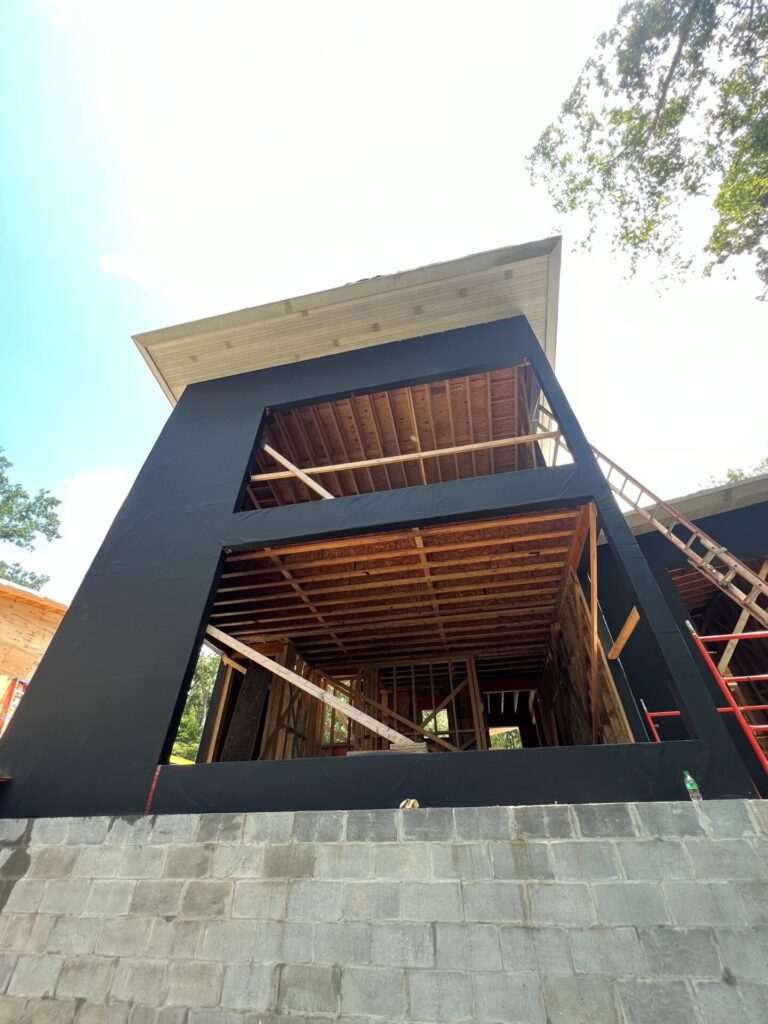
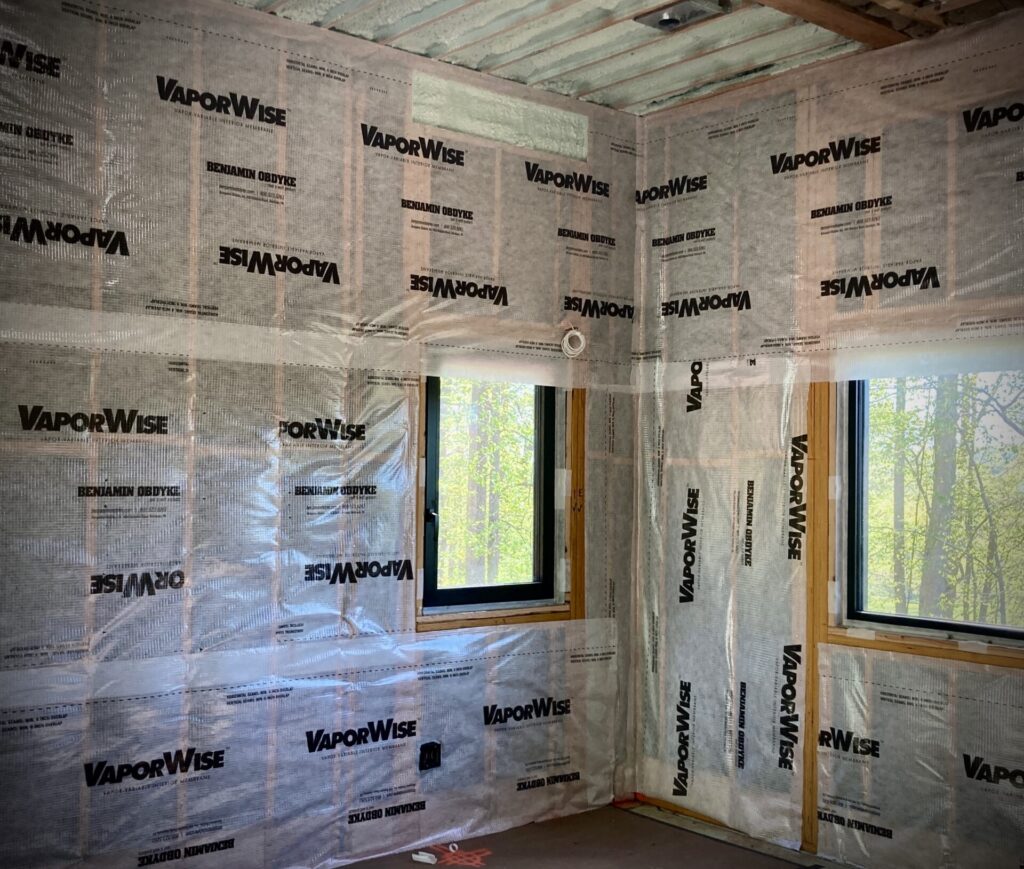
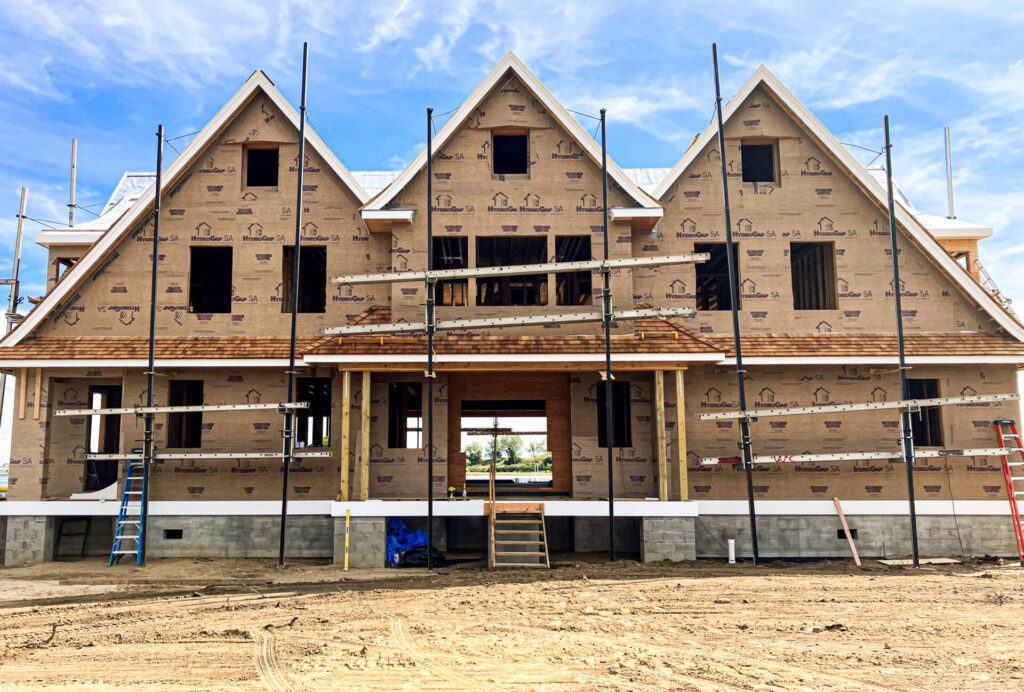
What Is the Difference Between Vapor Barriers and Vapor Retarders?
Along with similar-sounding names, vapor barriers and vapor retarders both are used to manage the movement of vapor in a wall or roof system. But specifying the wrong one can lead to moisture issues in the wall cavity.
In short, a vapor barrier blocks vapor diffusion movement while a vapor retarder significantly slows the diffusion movement through an assembly. Vapor retarders come in a range of permeance levels to regulate moisture moving through the cavity.
When to Use a Vapor Barrier
To know when to specify a vapor barrier or a vapor retarder, you first have to understand what you’re trying to control. An area with an extreme moisture load will require a vapor barrier. The most common place for a vapor barrier is the basement with foundation walls in the ground. When the ground is wet, there is a large amount of moisture that wants to move into the dry house. To stop moisture from getting to the foundation, we must use a vapor barrier. Under the concrete slab is another common area. It’s rare to need a vapor barrier in an above-ground wall system; a room with an indoor pool, which generates a tremendous amount of moisture that wants to move from inside to outside, is one occasion.
Vapor barriers aren’t limited to sheet products—closed-cell foam insulation, for example, is a vapor barrier because it blocks moisture transfer. It’s also important to note that vapor barrier installation has to be perfect. Any cracks or gaps can allow moisture to get through; the interior materials can now get wet but cannot dry out.
When to Use a Vapor Retarder
In areas with typical quantities of moisture, such as the home’s walls, it’s safer to use a vapor retarder. A vapor barrier will stop all drying potential—but in a wall system, we want the moisture to be able to move and not become trapped so that the cavity can dry out; a vapor retarder allows this.

How Benjamin Obdyke Products Tackle Permeability
For exterior housewrap, all Benjamin Obdyke products—HydroGap SA, HydroGap, InvisiWrap SA, InvisiWrap UV, and BenWrap—are considered vapor retarders. They are vapor open and offer perm ratings in the ideal range of 10 to 20 perms, helping them meet the balanced needs for blocking liquid moisture while still allowing cavities to dry out vapor moisture.
For the interior, new VaporWise vapor-variable interior membrane adapts to seasonal changes: During winter, VaporWise acts as a Class 2 vapor retarder, helping to prevent interior moisture from entering the wall cavity; in the summer, the membrane’s permeability increases, allowing moisture to escape and ensuring a dry, healthy wall cavity year-round.
For more information on Benjamin Obdyke products, visit www.benjaminobdyke.com.
About Benjamin Obdyke
Since 1868, Benjamin Obdyke has been helping architects, builders, and contractors in the United States and Canada Build Better™ by developing and adding new advances to its product line. Benjamin Obdyke develops, sources, markets, and sells proprietary roof and wall products that improve the building envelope and the performance of other building materials for the new construction, repair, and remodel markets. Innovations from Benjamin Obdyke, such as the first roofing ridge vent on a roll, the first wood roofing underlayment, and the first rolled product to provide drainage and air flow in rainscreen wall assemblies, have helped shape today’s building practices. Headquartered in Horsham, Pa., Benjamin Obdyke partners with a network of distributors, dealers, buying groups, and cooperatives to reach building professionals in the United States and Canada. For more information, visit www.benjaminobdyke.com.
